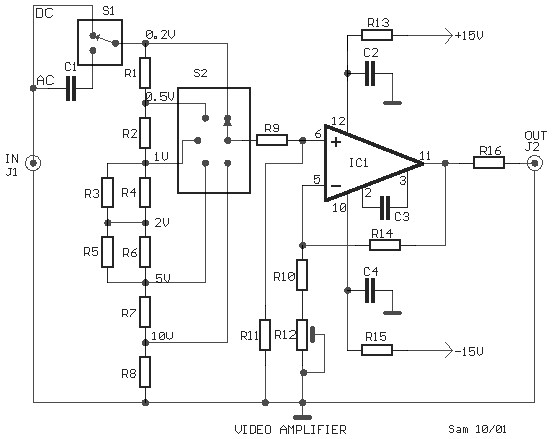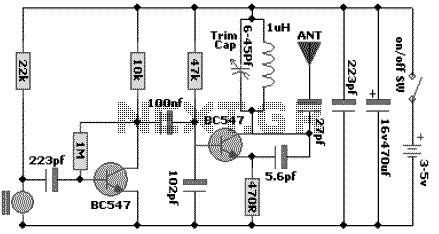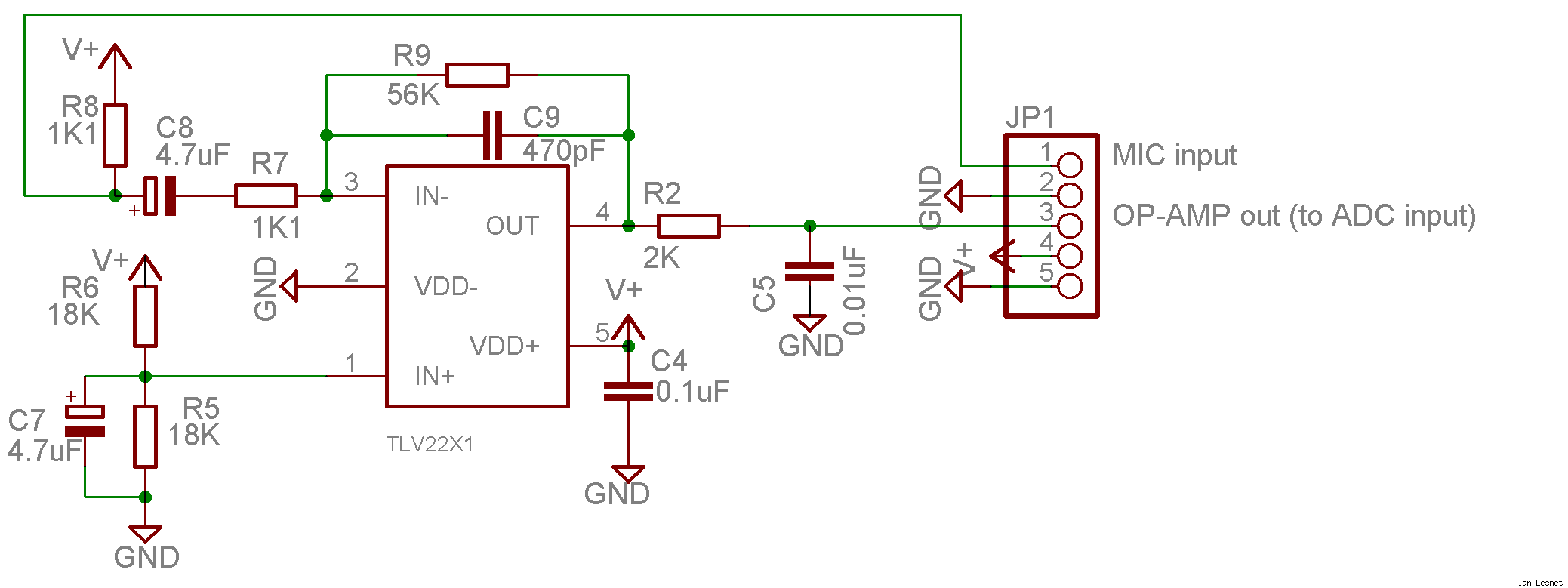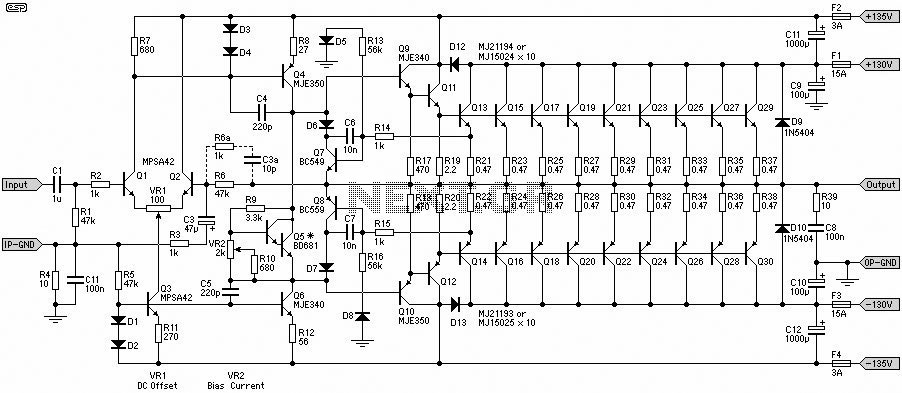
Loop lighting control circuit
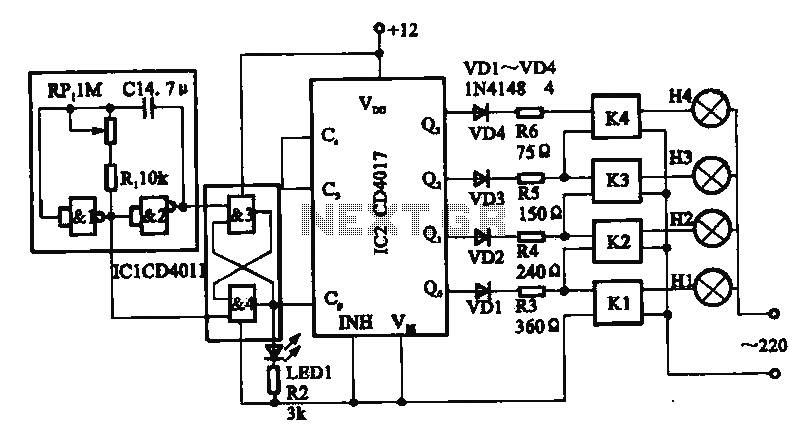
This circuit illustrates a circular lighting control system. It consists of four two-input NAND gates from the CD4011 series, which form a non-inverting multivibrator. This multivibrator generates a pulse that is used to shape the output of an RS flip-flop circuit. The output from the fourth NAND gate serves as the clock pulse input for the CD4017 decimal counter/divider (IC2). When the clock pulse is applied to the Cp input of IC2, the output terminals Q0 to Q3 produce sequential high-level pulse signals. As these outputs become high in sequence, solid-state relays K1 to K4 are activated in turn, causing the corresponding lamps H1 to H4 to illuminate one after the other. Once the sequence is complete, IC2 resets, allowing the cycle to repeat and control the lamp lighting sequence. The duration for which each lamp remains lit can be adjusted using RP1, which can vary the timing from 0.1 to 10 seconds.
The circular lighting control circuit utilizes the CD4011 NAND gate IC to create a non-inverting multivibrator, which is essential for generating timed pulses. The multivibrator operates based on the feedback provided by the NAND gates, ensuring stable pulse generation. The output pulse from the multivibrator is fed into an RS flip-flop, which helps to maintain the state of the output until triggered by the next clock pulse.
The CD4017 IC functions as a decade counter, which counts the clock pulses it receives at its Cp input. Each time a pulse is received, the output advances to the next state, cycling through Q0 to Q3. This sequential output is crucial for controlling the solid-state relays, which act as switches for the lamps. The relays are designed to handle the load of the lamps, providing isolation and protection for the control circuitry.
The timing of the lamp sequence is adjustable via the variable resistor RP1. By changing the resistance, the time each lamp remains illuminated can be fine-tuned, allowing for flexibility in the lighting control system. This feature is particularly useful in applications where different lighting durations are required, such as in decorative lighting setups or for signaling purposes.
Overall, this circuit effectively demonstrates the integration of digital logic components to achieve a practical and functional lighting control system, showcasing the capabilities of the CD4011 and CD4017 ICs in creating a reliable and adjustable sequence of operations for lighting applications.It shows a circular lighting control circuit. Circuit, rCl of four two-input NAND gate CD4011, which made of a non- door l, 2 multivibrator composed by the NAND gate 3,4 RS flip-flop circuit consisting of a pulse generated by the multivibrator shaping, then the output of NAND gate 4 output from the clock pulse to the end of IC2 Cp. IC2 is a decimal counter / divider CD4017, when it Cp-ended input clock pulse, the output terminal Qo-Q3 will appear sequentially high -level pulse signal. When Qo-Q3 sequentially appear high, solid state relays Kl ~ K4 are sequentially turned on by the trigger, so that the corresponding lamp H1 ~ H4 is lit one by one.
The IC2 cleared again began this process in order to achieve the control function of the lamp light cycle. Circuit. Each sequence street lighting off time and full-time to stay the same, RP1 can adjust the time 0.1-10 s in the room changed.
The circular lighting control circuit utilizes the CD4011 NAND gate IC to create a non-inverting multivibrator, which is essential for generating timed pulses. The multivibrator operates based on the feedback provided by the NAND gates, ensuring stable pulse generation. The output pulse from the multivibrator is fed into an RS flip-flop, which helps to maintain the state of the output until triggered by the next clock pulse.
The CD4017 IC functions as a decade counter, which counts the clock pulses it receives at its Cp input. Each time a pulse is received, the output advances to the next state, cycling through Q0 to Q3. This sequential output is crucial for controlling the solid-state relays, which act as switches for the lamps. The relays are designed to handle the load of the lamps, providing isolation and protection for the control circuitry.
The timing of the lamp sequence is adjustable via the variable resistor RP1. By changing the resistance, the time each lamp remains illuminated can be fine-tuned, allowing for flexibility in the lighting control system. This feature is particularly useful in applications where different lighting durations are required, such as in decorative lighting setups or for signaling purposes.
Overall, this circuit effectively demonstrates the integration of digital logic components to achieve a practical and functional lighting control system, showcasing the capabilities of the CD4011 and CD4017 ICs in creating a reliable and adjustable sequence of operations for lighting applications.It shows a circular lighting control circuit. Circuit, rCl of four two-input NAND gate CD4011, which made of a non- door l, 2 multivibrator composed by the NAND gate 3,4 RS flip-flop circuit consisting of a pulse generated by the multivibrator shaping, then the output of NAND gate 4 output from the clock pulse to the end of IC2 Cp. IC2 is a decimal counter / divider CD4017, when it Cp-ended input clock pulse, the output terminal Qo-Q3 will appear sequentially high -level pulse signal. When Qo-Q3 sequentially appear high, solid state relays Kl ~ K4 are sequentially turned on by the trigger, so that the corresponding lamp H1 ~ H4 is lit one by one.
The IC2 cleared again began this process in order to achieve the control function of the lamp light cycle. Circuit. Each sequence street lighting off time and full-time to stay the same, RP1 can adjust the time 0.1-10 s in the room changed.
